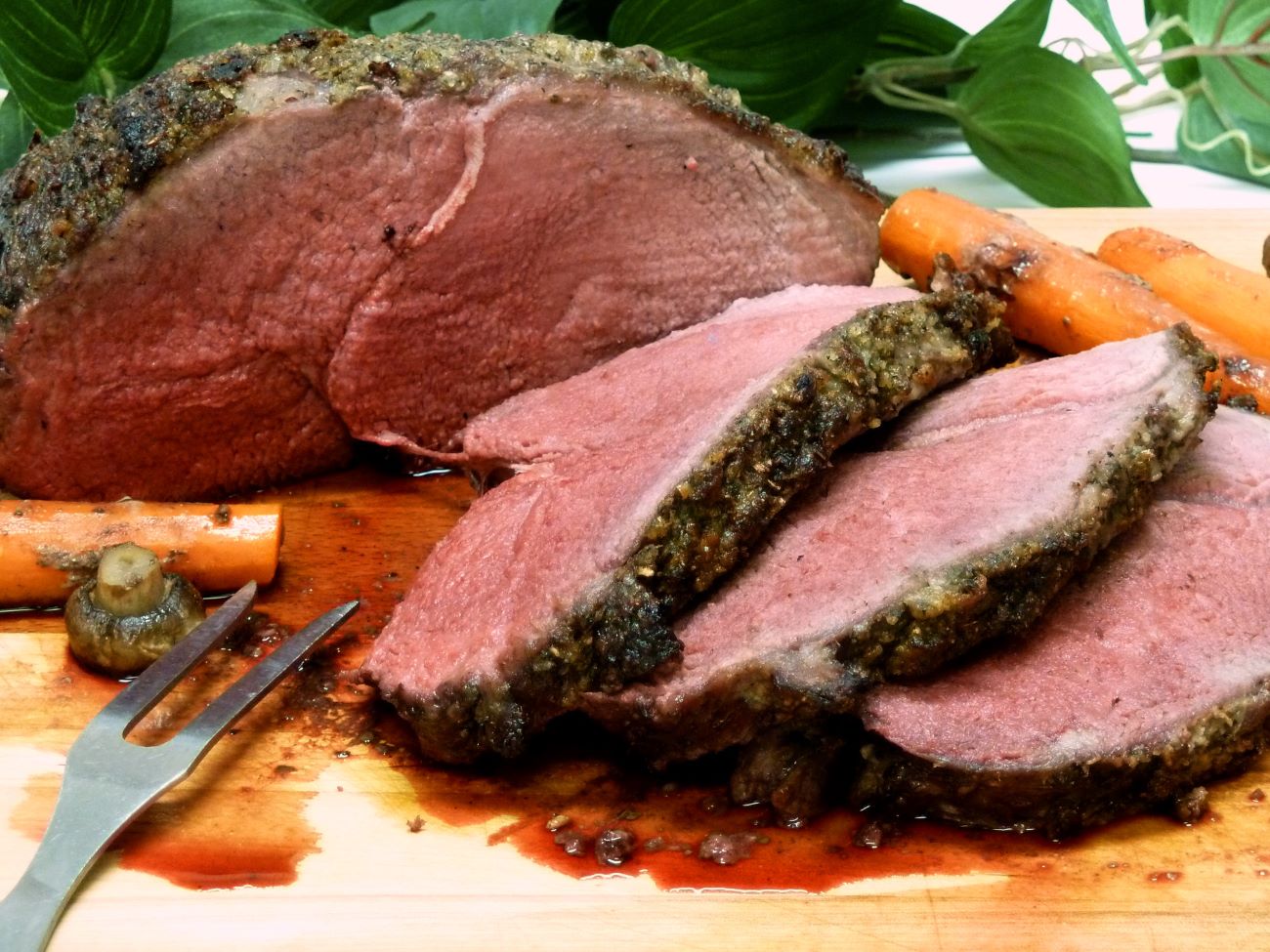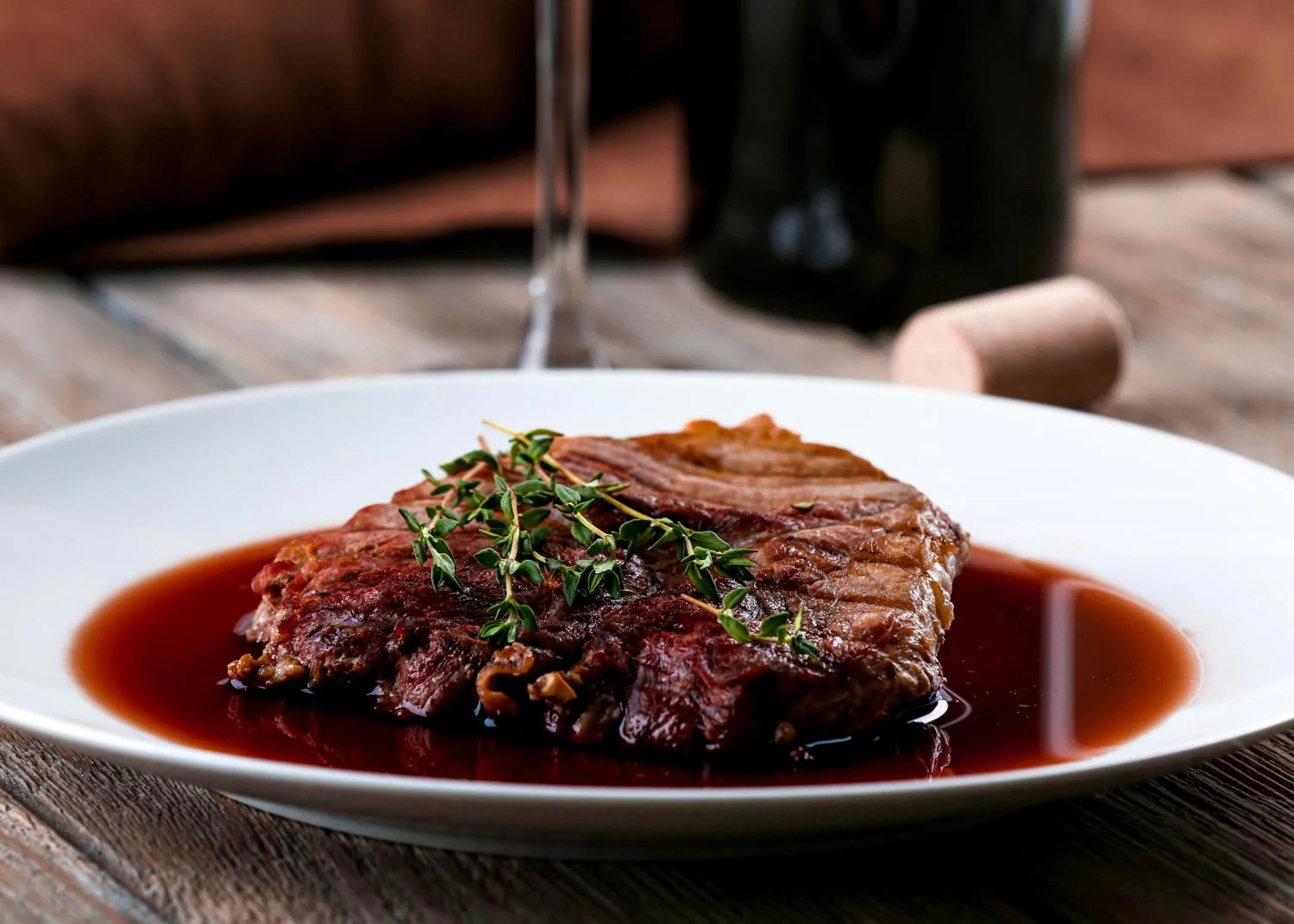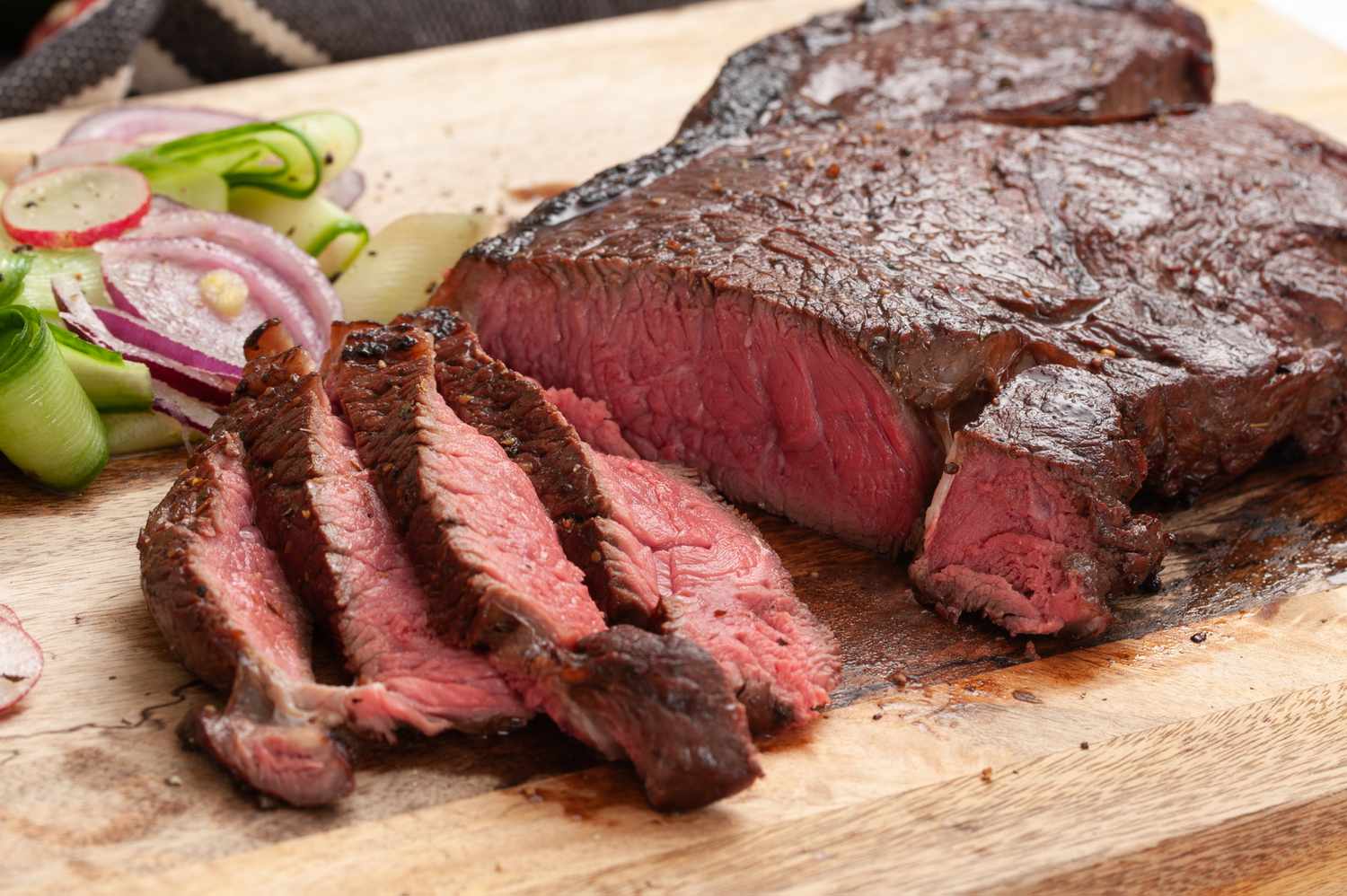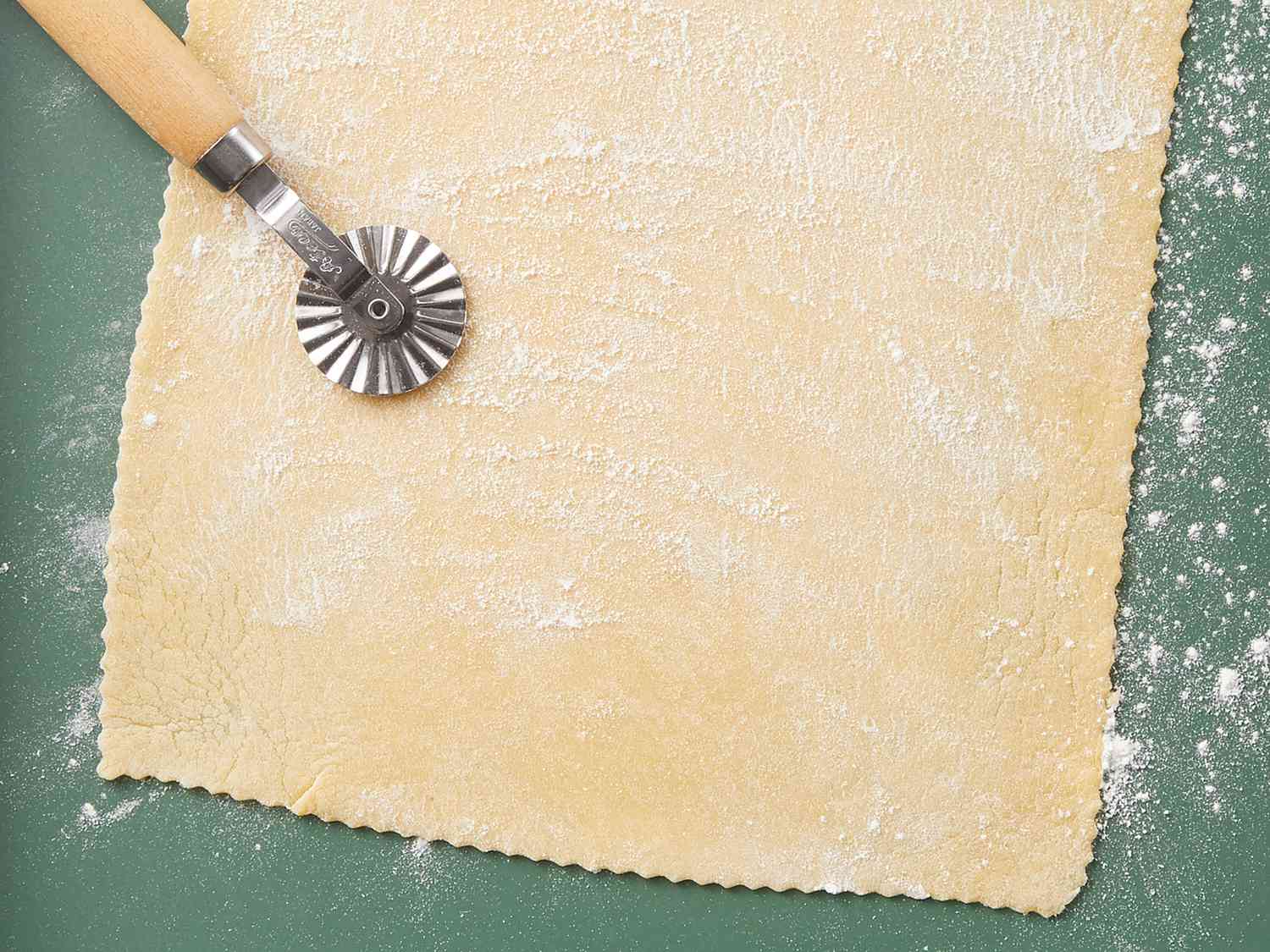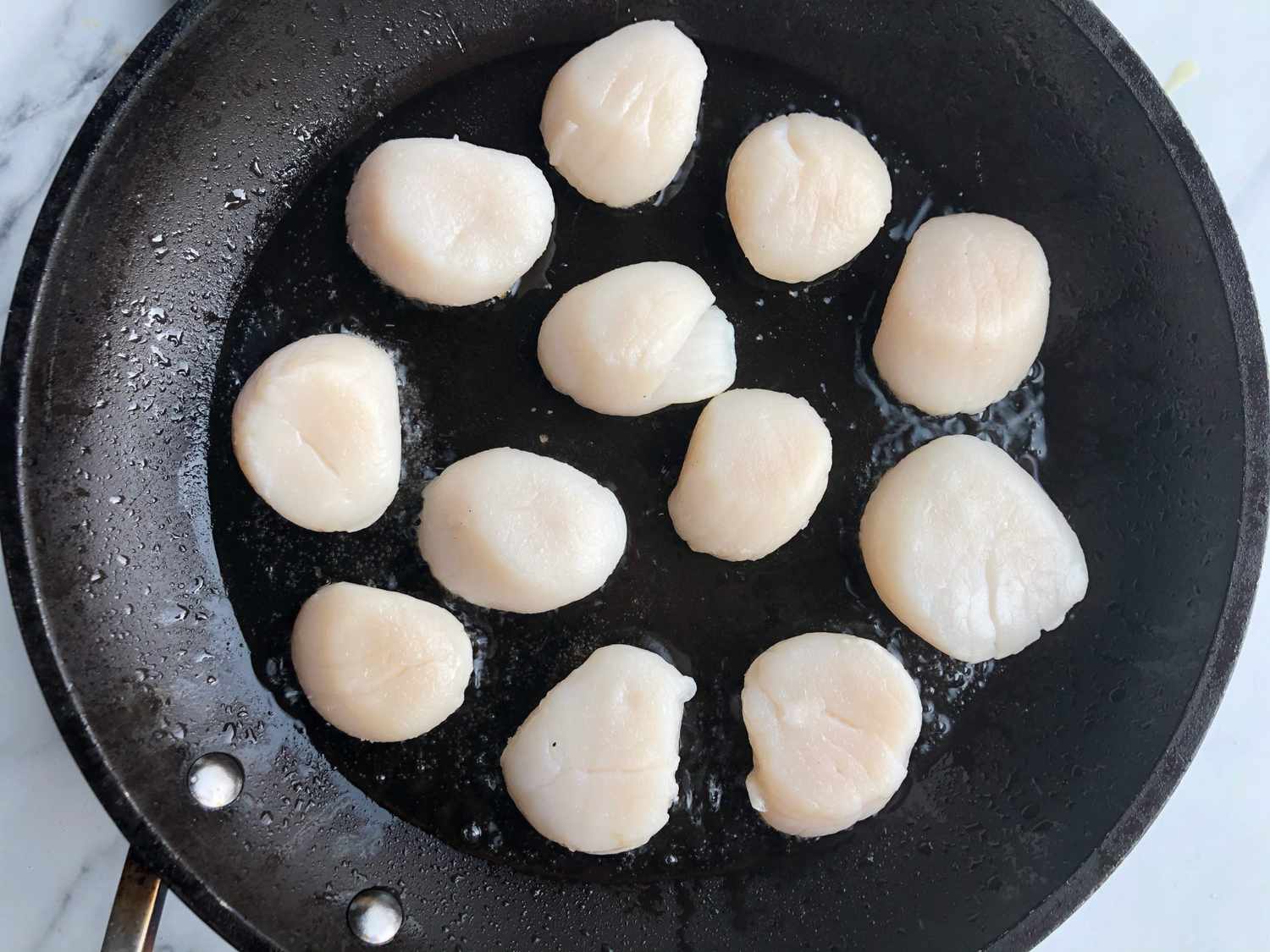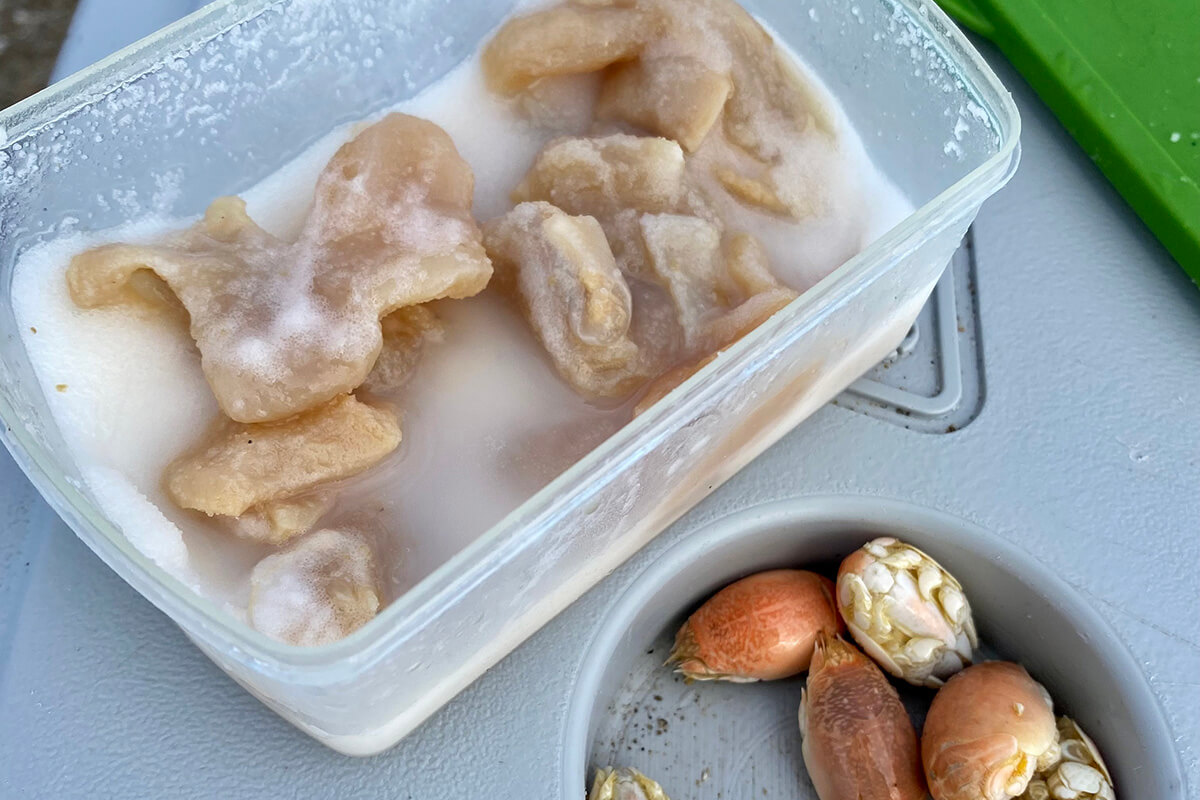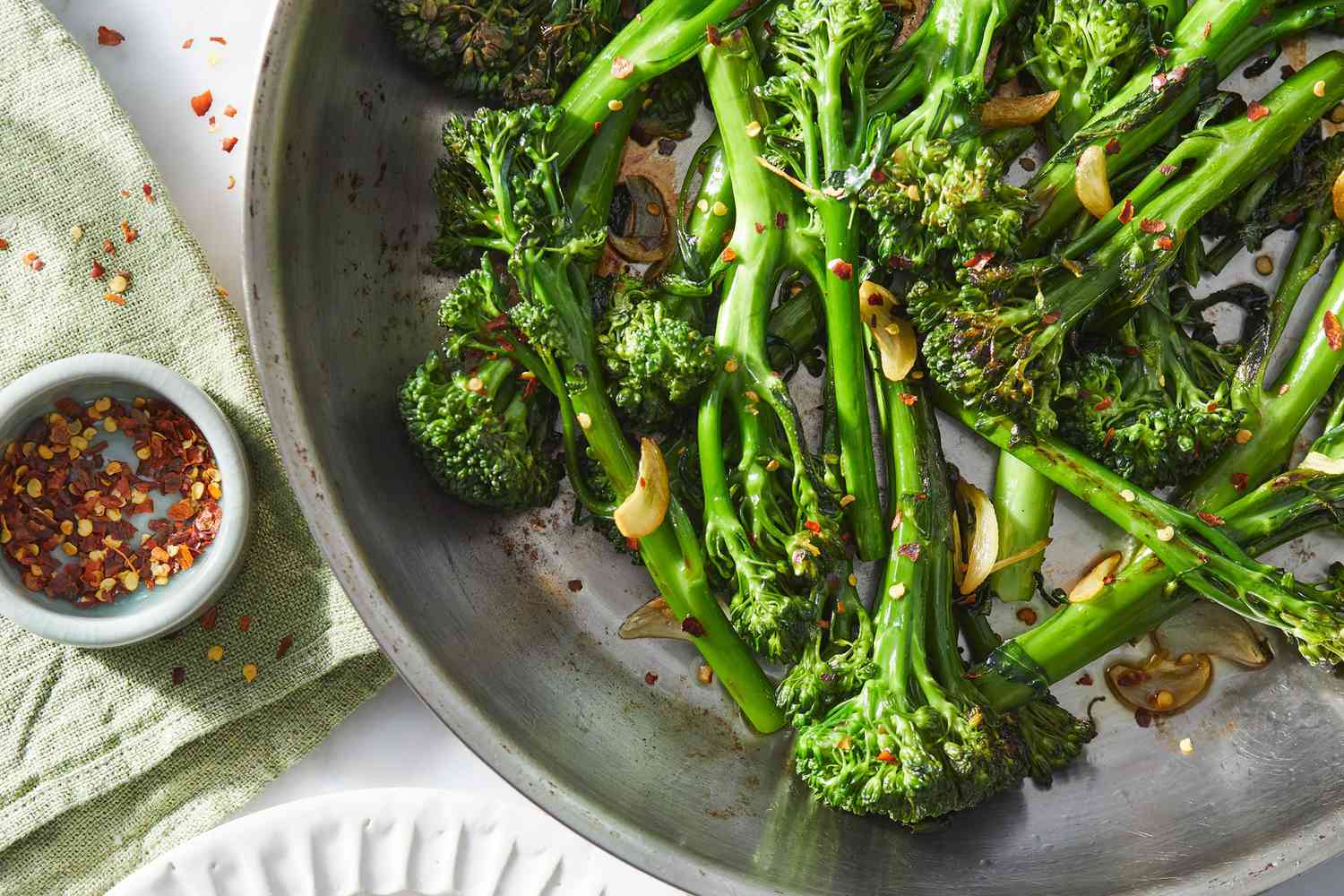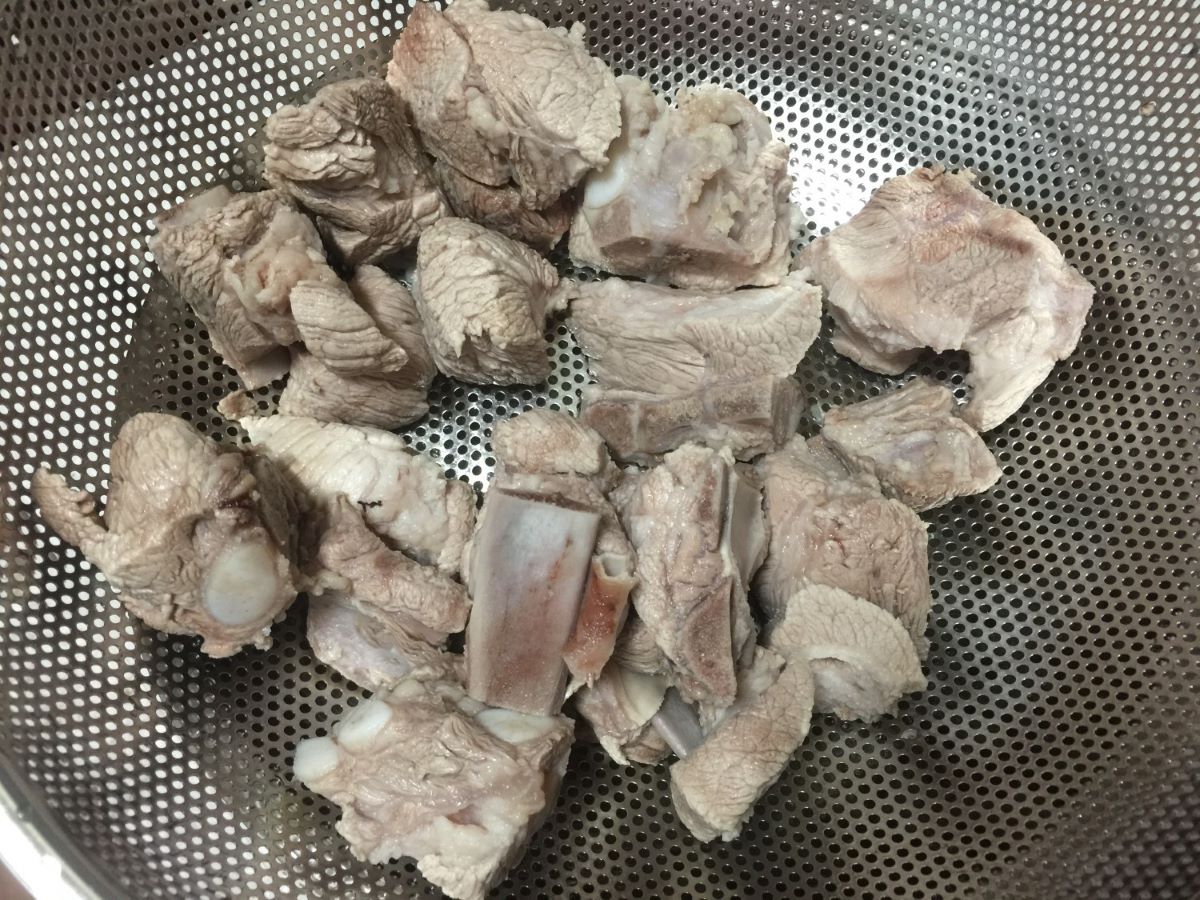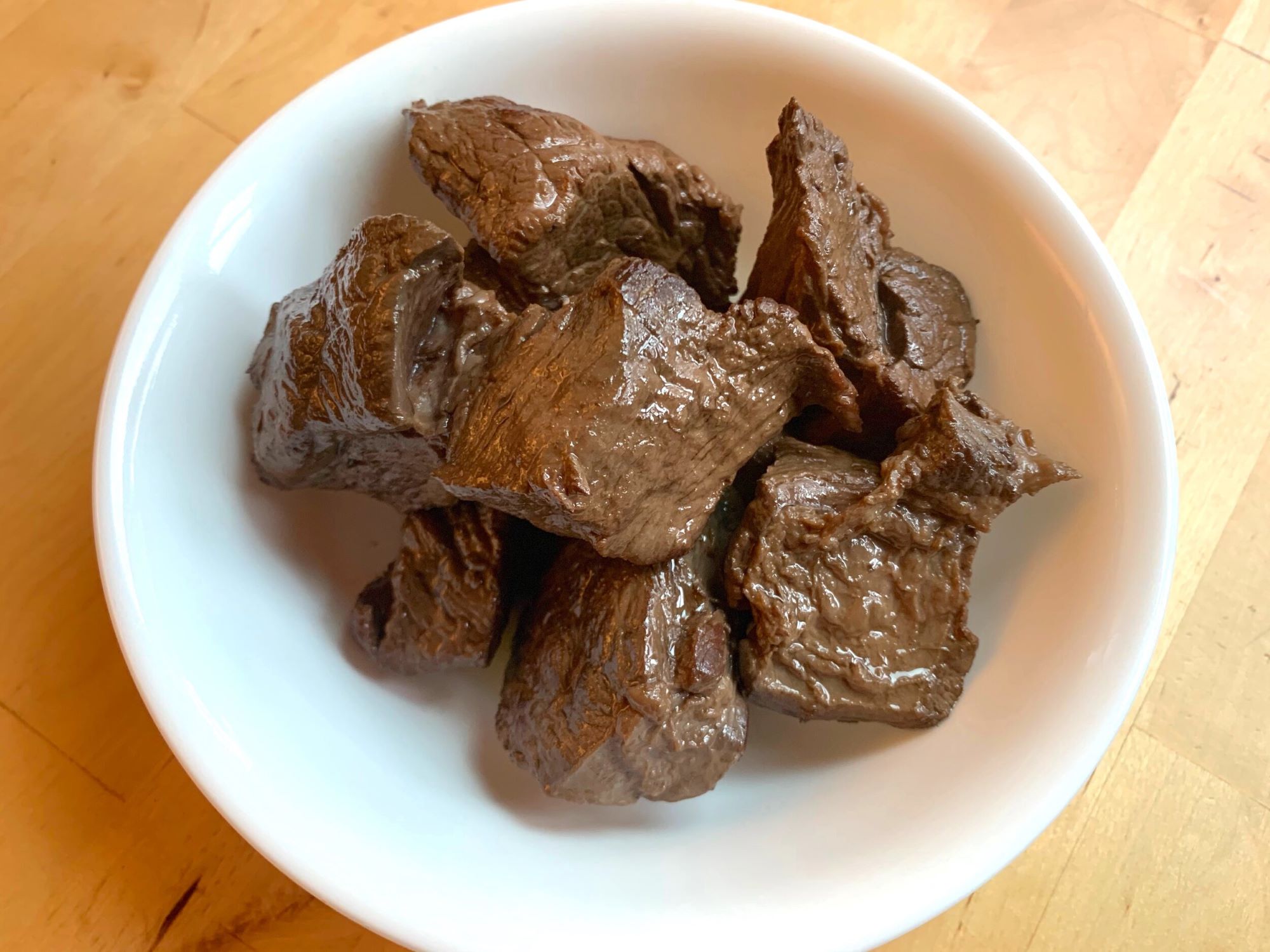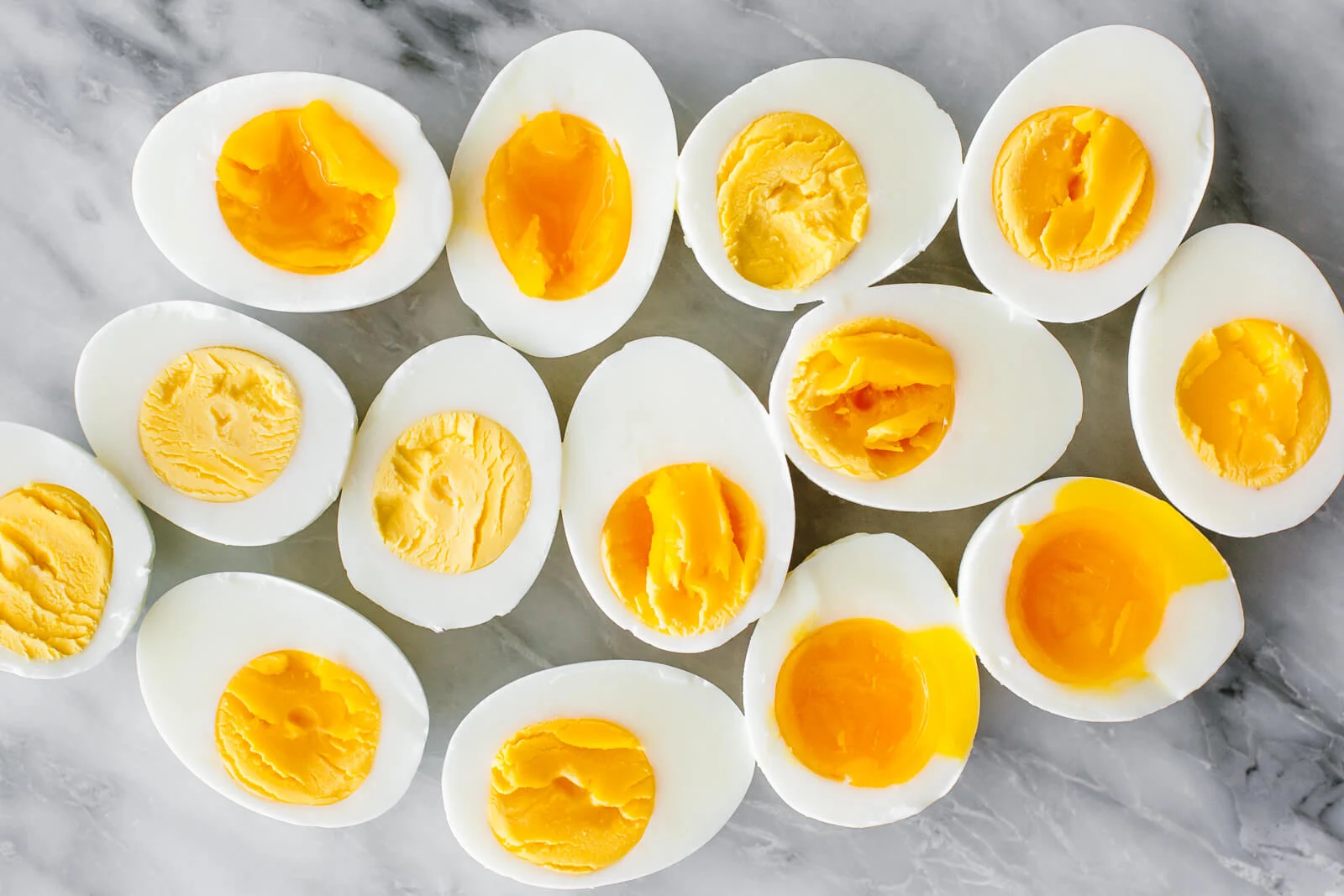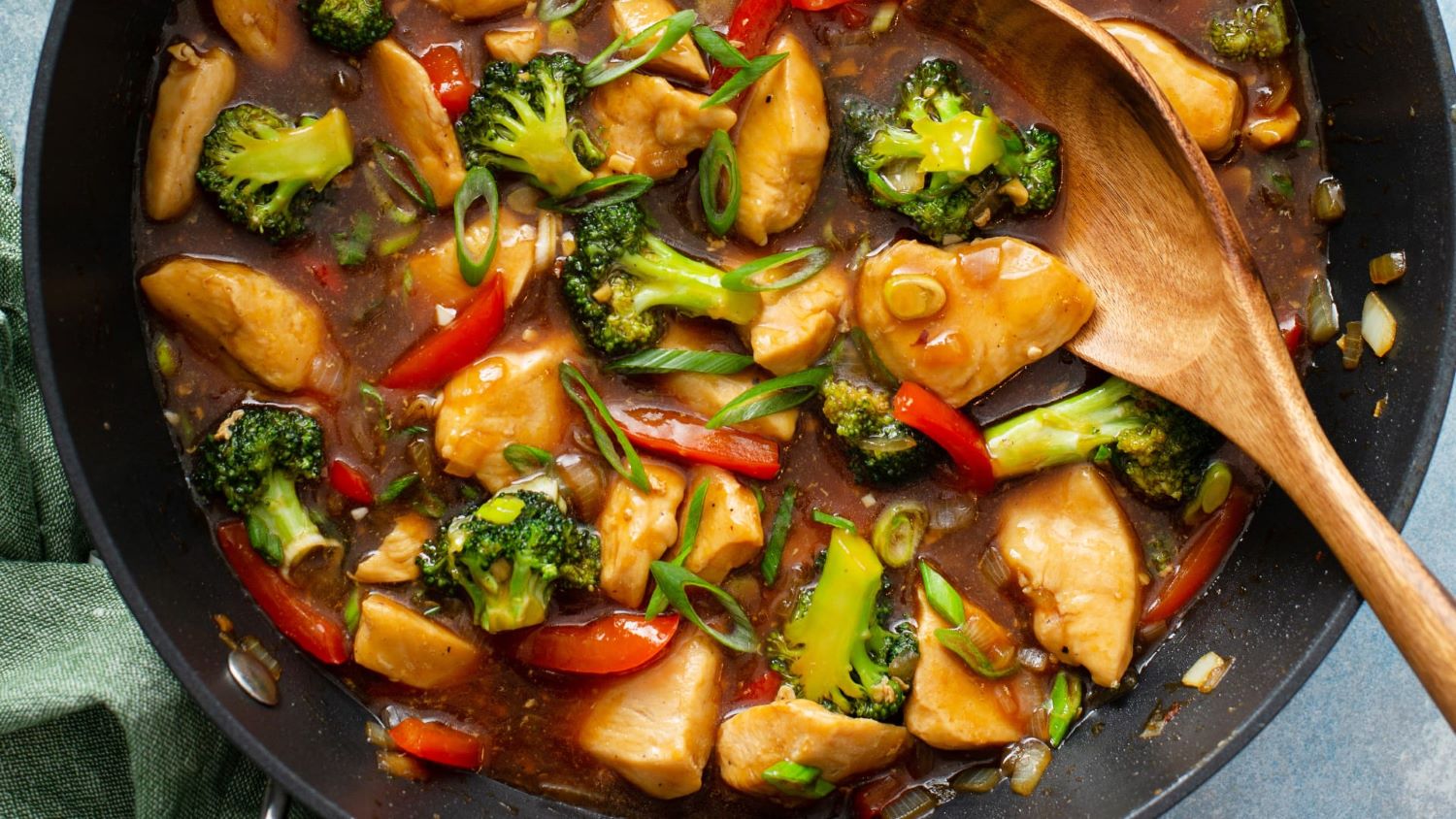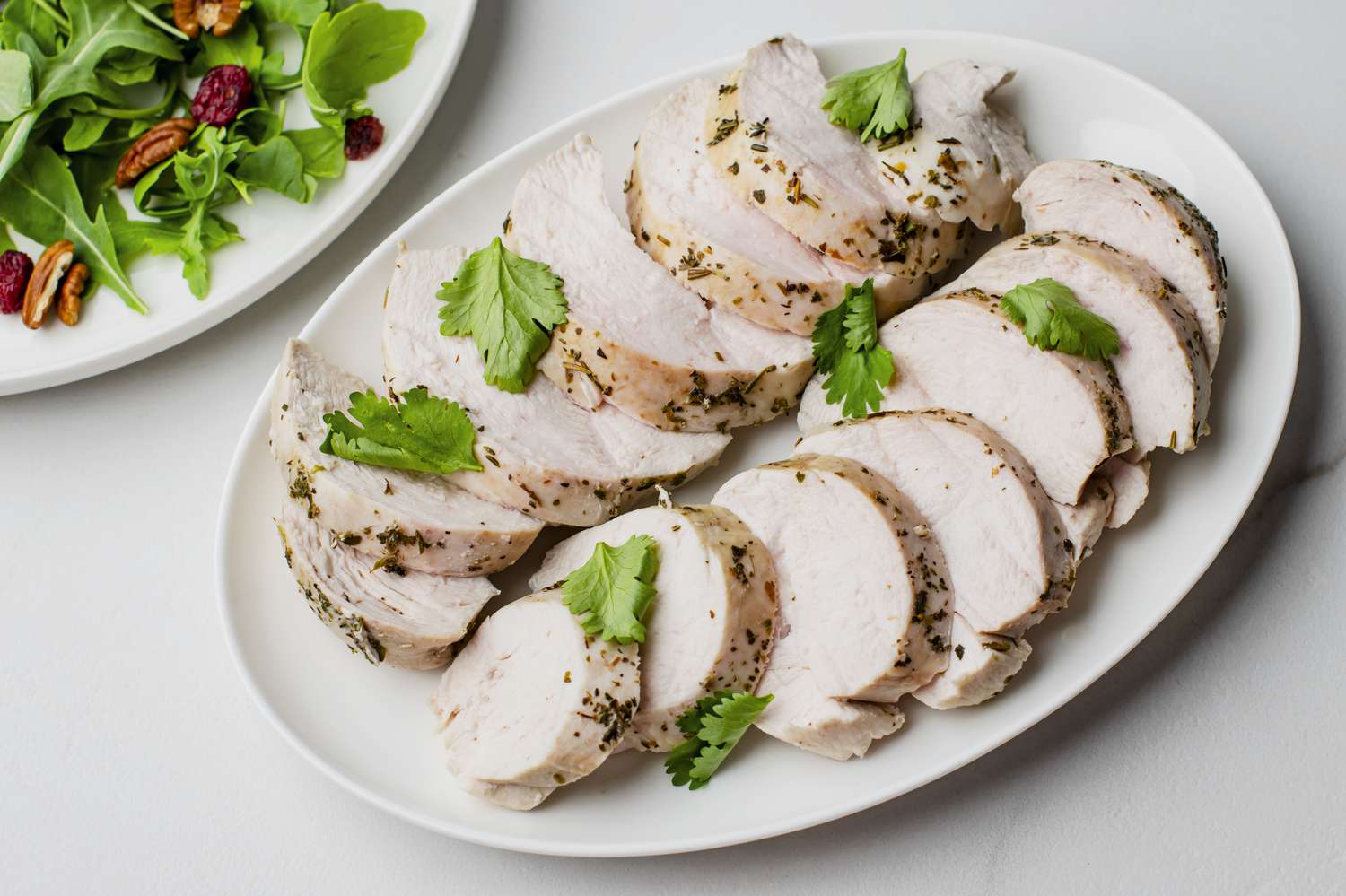Braising onions transforms them into a tender, flavorful delight, perfect for enhancing a variety of dishes. This slow-cooking method involves lightly frying onions first, then simmering them in a little liquid. Ideal for beginners and seasoned cooks alike, mastering this technique can elevate your culinary creations. Whether you're aiming to add depth to soups, stews, or standalone sides, understanding the nuances of braising onions will unlock new dimensions of taste. Let's dive into the steps and tips for achieving perfectly braised onions, ensuring they become a go-to ingredient in your kitchen repertoire.
Essential Ingredients for Braising Onions
- Onions (4 large, peeled and halved)
- Olive oil (2 tablespoons)
- Butter (2 tablespoons)
- Salt (to taste)
- Black pepper (to taste)
- Beef or vegetable broth (1 cup)
- Fresh herbs (thyme or rosemary, optional, for garnish)
Must-Have Tools for Onion Braising
- Chef's Knife
- Cutting Board
- Dutch Oven or Heavy-Bottomed Pot
- Wooden Spoon
- Measuring Cups
- Measuring Spoons
Braising onions transforms their texture and flavor. Slowly cook sliced onions in butter or oil, then add broth. Simmer until tender. This method sweetens and softens onions, enhancing dishes subtly.
The Art of Braising Onions: A Culinary Why
Braising onions transforms their sharp, pungent flavor into a sweet, caramelized delight, enhancing their natural sugars through slow cooking. This technique not only softens the onions but also infuses them with the flavors of broth, wine, or any liquid used, creating a versatile and deeply flavorful ingredient.
Why we do it? It's simple. Braising unlocks a depth of flavor not achievable through other cooking methods. This process, requiring minimal effort, yields a rich, complex taste, making onions the perfect base for a variety of dishes.
Mastering the Steps: A Braised Onion Tutorial
How To Braise Onions
-
Select Onions: Choose medium-sized onions; yellow or white varieties work best for their balance of sweetness and texture.
-
Prepare Onions: Peel onions, leaving them whole or cutting them into halves or quarters depending on your preference and the recipe's requirements.
-
Heat Fat: In a heavy-bottomed pan or Dutch oven, heat a generous amount of olive oil or butter over medium heat. The choice of fat adds flavor and helps in caramelizing the onions.
-
Add Onions to Pan: Once the fat is hot, add onions to the pan. For an even braise, ensure there's enough room for each piece to make contact with the surface of the pan.
-
Season Onions: Sprinkle onions with salt to help draw out moisture, which aids in the caramelization process. You can also add black pepper or other spices for additional flavor.
-
Brown Onions: Cook onions, stirring occasionally, until they start to brown. This step develops deep flavors and is crucial for a successful braise.
-
Add Liquid: Pour in enough broth, wine, or water to come up about halfway up the onions. The choice of liquid influences the dish's overall flavor profile.
-
Bring to a Simmer: Increase heat to bring the liquid to a gentle simmer. This step ensures that the cooking process continues evenly.
-
Cover and Cook: Reduce heat to low and cover the pan. Let onions cook slowly, checking occasionally to ensure they don't dry out. Add more liquid if necessary.
-
Uncover and Reduce: Once onions are tender, remove the lid and increase the heat. This step allows the liquid to reduce, concentrating the flavors and coating the onions in a rich glaze.
-
Finish with Herbs: If desired, stir in fresh herbs like thyme or parsley for a burst of freshness. This adds a layer of complexity to the dish.
-
Serve: Enjoy braised onions as a side dish or use them to enhance other recipes. Their rich, sweet flavor pairs well with a variety of meats and vegetables.
Mastering the Art of Braised Onions
Braising onions transforms them into a tender, flavorful delight, perfect for enhancing a wide array of dishes. This technique, simple yet profound in its ability to elevate the humble onion, requires patience and a bit of culinary finesse. Remember, choosing the right type of onion is crucial; sweet varieties work best. Low and slow cooking, with just the right amount of liquid, unlocks their natural sugars, resulting in a melt-in-your-mouth texture and a rich, caramelized flavor. Whether you're serving them alongside a roast, folded into mashed potatoes, or as a standalone side, braised onions promise to add depth and sweetness to your meals. So, grab your skillet, some onions, and get ready to impress your taste buds with this simple, yet sophisticated, cooking method.
Onion Braising FAQs: Your Questions Answered
How long does it take to braise onions?
Braising onions is a game of patience and flavor. Typically, you're looking at about 45 minutes to an hour. This process isn't rushed. Low and slow is the mantra here, allowing those onions to soak up all the goodness and become meltingly tender.
What's the best type of onion for braising?
Sweet onions, like Vidalias or Walla Wallas, are your go-to. Their natural sweetness intensifies through braising, making them irresistibly good. But don't shy away from experimenting with red or yellow onions; each brings its unique flavor to the table.
Do I need special equipment for braising onions?
Not at all! A sturdy pan with a tight-fitting lid is all you need. Cast iron or a heavy-bottomed skillet does a fantastic job. They distribute heat evenly, ensuring your onions braise beautifully without burning.
Can I add other flavors to the onions?
Absolutely, and you should! Throwing in a few cloves of garlic, a sprig of thyme, or a bay leaf can elevate the dish. A splash of balsamic vinegar or a spoonful of sugar towards the end can also add a nice depth of flavor.
How do I know when the onions are perfectly braised?
They'll be soft, almost buttery in texture, and deeply caramelized. The color should be a rich, golden brown, and they should be sweet, with all their layers meltingly tender. Trust your senses; the aroma and look will guide you.
Can braised onions be stored for later use?
Sure thing! Once cooled, pop them in an airtight container and they'll keep in the fridge for up to a week. They actually taste even better the next day after the flavors have had more time to mingle.
What's the best way to serve braised onions?
They're incredibly versatile. Serve atop a steak, mixed into mashed potatoes, or as a decadent side all on their own. They can transform a simple dish into something spectacular with their rich, savory sweetness.
